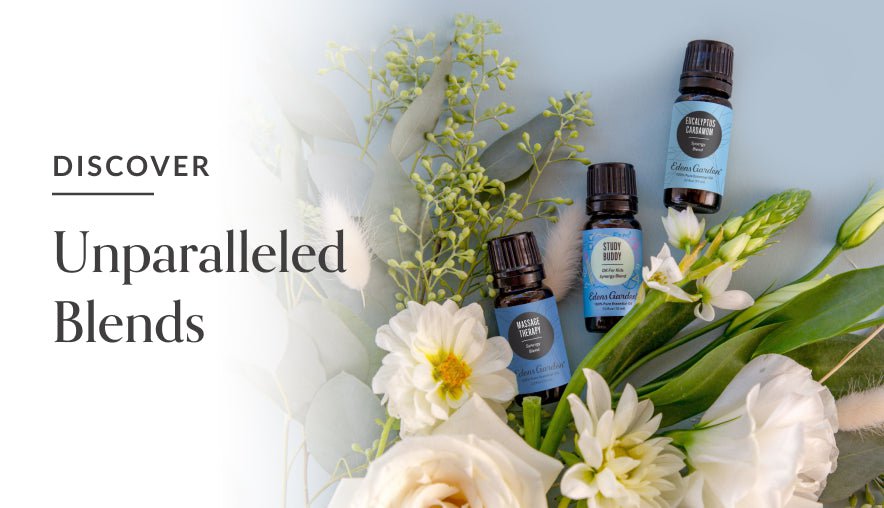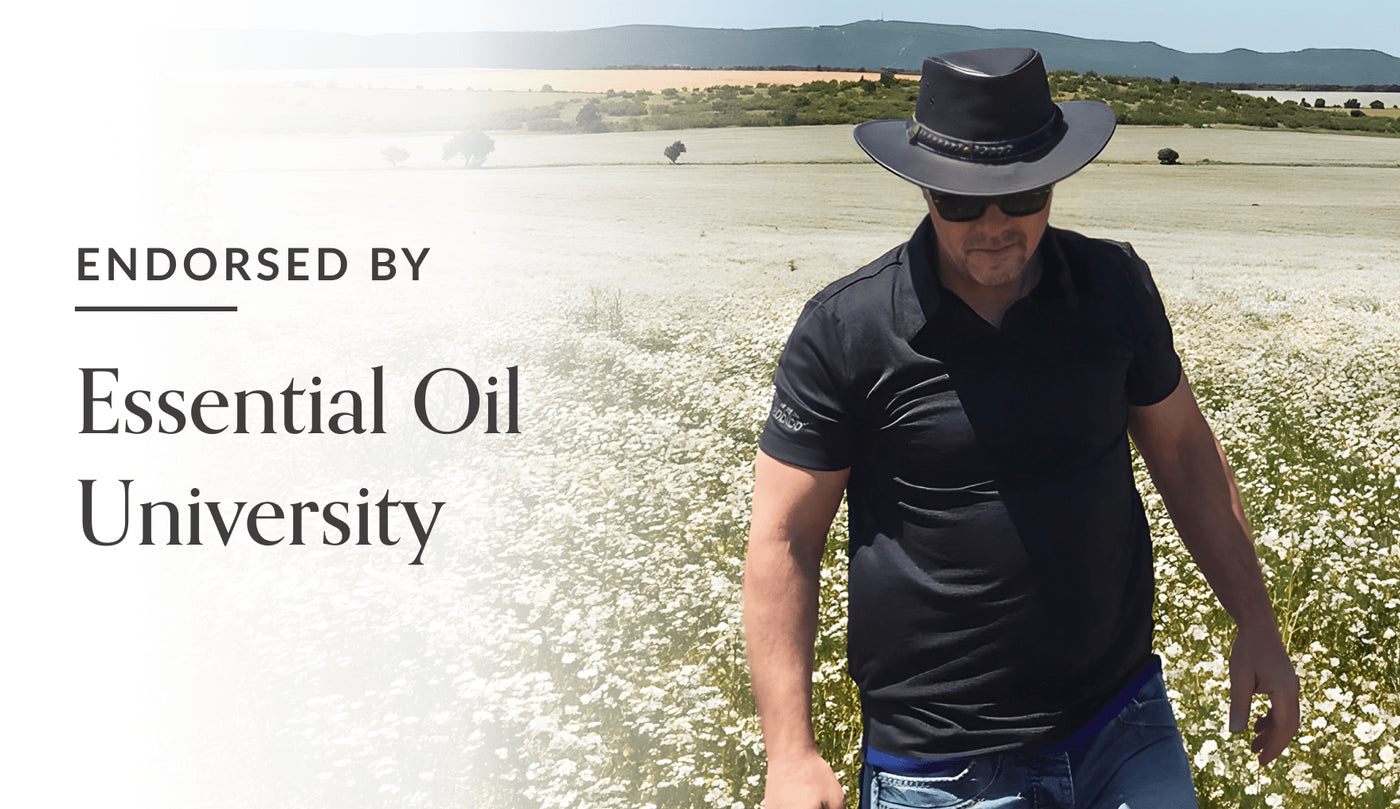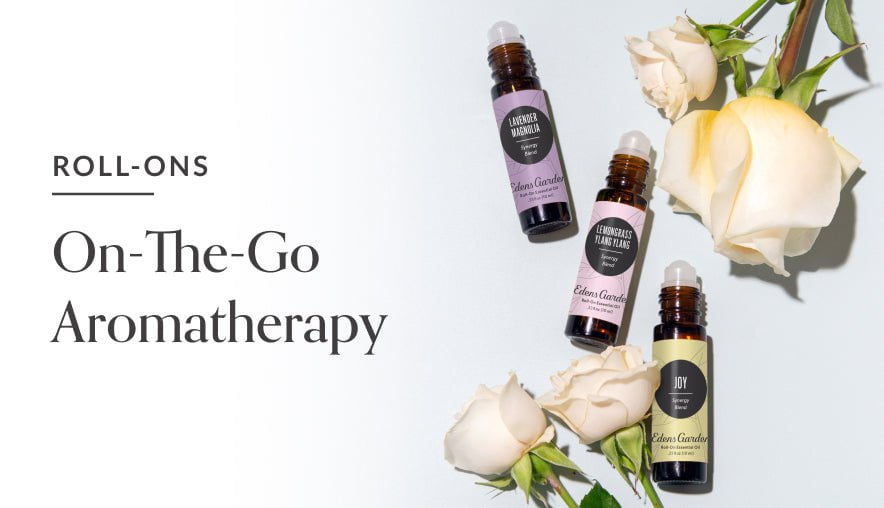AAA: How Do I Apply Essential Oils To My Skin?

Topical application of essential oils can benefit the user in a variety of ways. Essential oils are generally great skin penetrators, meaning they travel deep into the skin, enter the bloodstream and travel throughout the body. But there are a few guidelines to ensure you’re applying your essential oils effectively. Read on for our aromatherapist’s top tips on topical application of EOs.
When to Use Topically and When to Inhale?
First thing’s first – should you apply essential oils topically? In some instances, essential oils may be better inhaled rather than applied topically. For example, if you’re dealing with respiratory related issues like congestion, or you’re looking for a mood adjustment, help with sleep, an increase in energy or better focus, inhalation is the route for you. It’s also worth noting that inhalation delivers more essential oil into your bloodstream quicker than topical application. Still, topical application is best for all things physical such as inflammation, pain and skincare. When applied topically, essential oils are slowly released into the bloodstream which is ideal in these cases.
Dilution, Dilution, Dilution
Once you’ve confirmed that topical application is indeed the best method for you, it’s critical that you dilute your essential oil. 100% pure essential oils are, in fact, highly concentrated. Pure essential oils are also made of tens of hundreds of natural aromatic compounds, not to mention many EOs are known to be good solvents. What does all of this mean? It means that essential oils can be very irritating and sensitizing when applied to the skin “neat” or undiluted. Carrier oils on the other hand are made up of fatty acids which are non-irritating and very suitable for the skin. When essential oils are diluted in carrier oils at a dilution rate of around 1-10%, they become much less likely to irritate the skin. Furthermore, essential oils are primarily beneficial to humans when diluted at these low percentages. Keep in mind, they are highly therapeutic substances and a little goes a very long way. Lastly, be sure to check the “Safety & Shelf Life” sections of our essential oils and synergy blend product pages, as some essential oils have maximum recommended dilution rates and photoxicity warnings.
Diluting In Water or Water-Based Products
But one may ask, what if I want to dilute my essential oil in water, a lotion or body product? This is possible but not as many may think. For starters, water and oil don’t mix. That’s why if you add essential oil to water, you will immediately notice that the oil droplets float on top of the water’s surface. So if you were to make a spray with just water and essential oil, then spray it on your skin, undiluted essential oil droplets would come into contact with your skin. You could dilute the essential oil before adding it to water, but a better method would be to make a water-based essential oil spray with a solubilizer and preservative. Solubilizers work to evenly disperse your essential oil throughout water (so oil droplets don’t float on the surface) and a preservative ensures your product won’t grow mold, yeast and other microbes within the week. Lotions are also a great carrier to dilute essential oils in but most commercial lotions have preservative systems in place that can be broken if additional ingredients, like EOs, are added. In which case, be sure to purchase a lotion base that is specifically intended to have additional ingredients added. The same is true for other body products like shampoos and body washes. One easy way to dilute essential oils other than in a carrier oil is in liquid castile soap. Soap is both water and oil loving and therefore combines well with both types of ingredients. For this reason, essential oils can easily be added as needed.
Where to Apply Your EO
Now that you know topical application is the best route for you and you’ve properly diluted your essential oil, where do you apply your essential oils? This too depends on what you’re using your essential oil for. If you’re using EOs for localized pain, inflammation, redness, skin blemishes, or facial use, apply to the area of concern. However, if you’re using essential oils for aforementioned issues such as sleep, mood, energy or respiratory related conditions, apply to pulse points or near your nose. Pulse points can be found on the neck, the inner elbows, behind the knees, wrists, around the ankles and on top of the foot. Lastly, if you’re applying essential oils to be used as a perfume, apply anywhere you would typically apply a perfume.




Leave a comment (Comments will be approved before showing up)